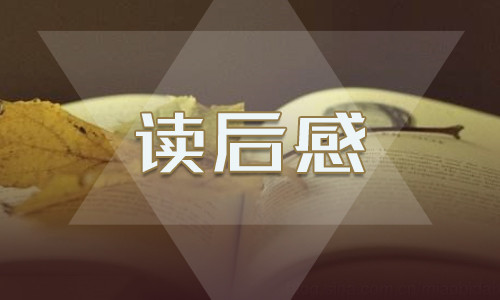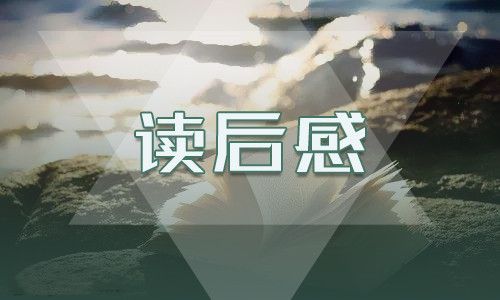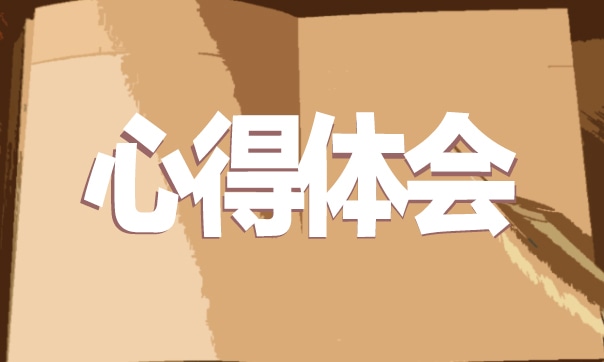****大 学 课 程 考 核 试 卷
xxxx— xxxx学年第x学期 xxxx 级 xxxx 专业(类)
考核科目 大学英语二 课程类别 必修 考核类型 考试 考核方式 闭卷 卷别 A
Part I Listening Comprehension (30 marks, 1 mark) Section A
Directions: In this section you will hear 10 short conversations. At the end of each conversation, a question will be asked about what was said. The conversation and the question will be read only once. After each question there will be a pause. During the pause you must read the four choices marked A., B., C., and D., and decide which is the best answer.
1. A. To the restaurant. C. To the hotel.
B. To the subway station. D. To the railway station.
2. A. To get enough money for the course. B. To set aside more time for the course.
C. To take a full-time course in computing. D. To attend a part-time course in computing. 3. A. Because he’s very busy in the office. C. Because he’s having a meeting. 4. A. A police officer. C. A waiter.
B. Because he’s dining with a client. D. Because he’s on a business trip. B. A bank clerk. D. A journalist.
5. A. She had a terrible headache. B. She couldn’t see the questions clearly. C. She couldn’t remember what she had reviewed. D. She quit the exam in the middle of the exam. 6. A. In a coffee bar.
B. In an office.
1 / 15
C. In a health club. D. In a hospital.
7. A. She loses Herbert’s number.
B. She forgot to write Herbert’s number on her handbook. C. She doesn’t know Herbert’s number at all. D. She can’t remember Herbert’s number. 8. A. To order the most expensive dish for the woman. B. To take the woman to a less expensive restaurant. C. To have dinner with the woman in the new club. D. To stay at home for the dinner to save money. 9. A. He was caught in a heavy rain. C. He lost his most favorite cat.
B. He did not catch the train on time. D. He slipped into a river on his way home.
10. A. He’s not interested in the courses. B. He finds the courses too difficult for him.
C. He thinks there are not enough courses to choose from. D. He can’t decide on which course to take. Section B
Directions: In this section you will hear three talks. The talks will be read twice. After each of them, you will hear some questions. The questions will be read only once. After you hear a question, you must choose the best answer from the four choices marked A., B., C., and D..
Questions 11-13 are based on the following passage. 11. A. At the police station. C. At the shopping mall.
B. In the parking lot. D. At the concert.
B. He had to rush to the concert. D. He had to take his wife to hospital. B. It was broken into.
12. A. He was badly in need of money. C. He was late for the college class. 13. A. It was damaged by a car.
2 / 15
C. It was cleaned all over. D. It was restored.
Questions 14-16 are based on the following conversation. 14. A. 15 minutes. C. 45 minutes.
B. 20 minutes. D. 1 hour.
B. Preparing for the interview. D. Taking a break. B. University freshmen.
D. Students from other universities.
15. A. Touring the campus. C. Taking a test.
16. A. High school students. C. University graduates.
Questions 17 to 20 are based on the following passage. 17. A. Accent reduction. B. Accent elimination.
C. Increasing speakers’ comprehensibility.
D. Comparing pronunciations of learners from different areas. 18. A. To exchange between learners in pronunciation class. B. To record one’s progress in the pronunciation study.
C. To compare and check which specific areas one needs to work on. D. To test the speed of one’s speech. 19. A. Word and sentence stress. C. Vowel pronunciation.
B. Linking. D. Word reductions.
20. A. To chat with a foreign friend.
B. To find out the areas that affect his understanding. C. To make a description of his weekend.
D. To practice and correct pronunciation of each part in isolation. Section C
Directions: In this section you will listen to a talk. Then you are required to complete the outline of the talk given below. You will hear the talk three times. Now listen to the tape.
3 / 15
I. How the idea originated:
One hundred years ago, a (21)____________ imagined a castle built at the top of a (22)_________.
In the late (23)________, a (24)_______________ imagined an elevator that could stretch into space.
In (25)________,space elevators were debated at a NASA conference. II. The components of a space elevator:
(26)____________, (27)____________, a space station or (28)____________. III. Advantage of space elevators over spacecrafts: The cost of a trip on the space elevator: (29)__________; The cost of a trip on the Shuttle: around (30)__________.
Part II Reading Comprehension (30 marks,2 marks each) Section A
Directions: There are three passages in this section. Each passage is followed by some questions. For each of them there are four choices marked A., B., C., and D.. You should decide on the best choice and mark the corresponding letter on the Answer Sheet. Questions 31 to 35 are based on the following passage:
Philanthropy is a way that people and organizations show concern for others or work to improve the world. Approximately 72 percent of Americans donate to charity (慈善机构), and 51 percent do volunteer work. About 2 millions not-for-profit organizations and charities in the United States today receive this help.
There are three types of philanthropists: individuals, foundations, and private corporations. Individuals give money or volunteer their time to support causes that are important to them. Foundations are organizations started by very wealthy individuals. Their “business” is not to make a profit but to give money away to not-for-profits.
4 / 15
Private corporations may also use a portion of their business profits to make donations, or they may give away their products or services free of charge. However, foundations and corporations are responsible for only 20 percent of charitable donations; 80 percent comes from individuals.
What makes people and institutions give away their time and money? One reason is altruism, the unselfish desire to help other people and make the world a better place. Other reasons involve personal interest. Under US tax law, an individual or business does not have to pay income tax on money that is donated to charity. For extremely wealthy individuals and corporations, this can mean millions of dollars they do not have to pay in taxes to the government. In addition to tax benefits, donors often receive favorable publicity for making donations, and they have an opportunity to influence the world around them.
31. What is the main idea of the first paragraph?
A. Philanthropy has become an accepted American custom. B. Philanthropy has made the US a great influence in the world. C. More and more organizations rely on philanthropy nowadays. D. Religion plays an important role in the philanthropy in the US. 32. Which of the following is NOT characteristic of philanthropists? A. To donate money. C. To pay income tax.
B. To do volunteer work. D. To provide free services.
33. What is the main source of donations in the United States? A. Foundations. C. The government.
B. Individuals. D. Private corporations.
34. How are foundations different from private corporations in the aspect of philanthropy?
A. They don’t make a profit.
5 / 15





